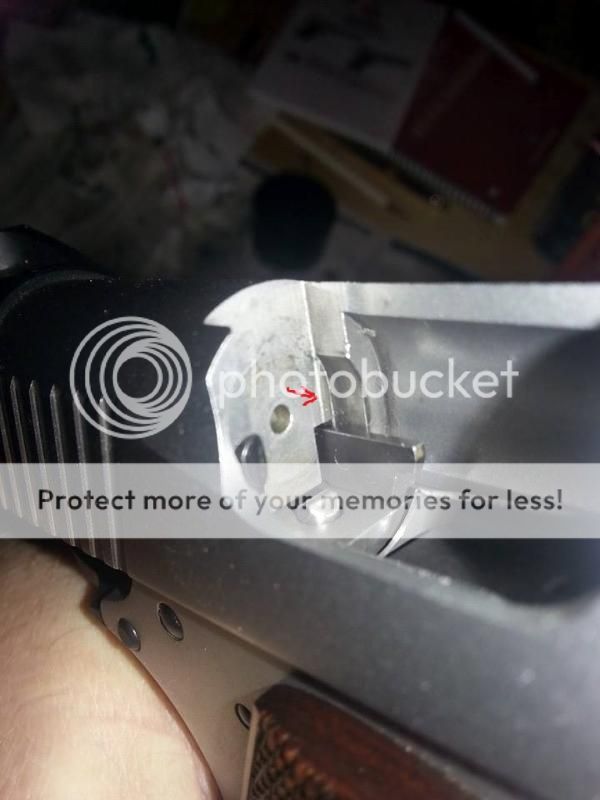Here's one that's been showing up of late. First on a couple Springfields, and most recently on a Commander=-length Ruger. It's not a common thing, but it does happen.
This time, I'll show the problem and the cause. No brain wrackin' this time.
Just goes to show how much QC is in play these days.


This time, I'll show the problem and the cause. No brain wrackin' this time.
Just goes to show how much QC is in play these days.




